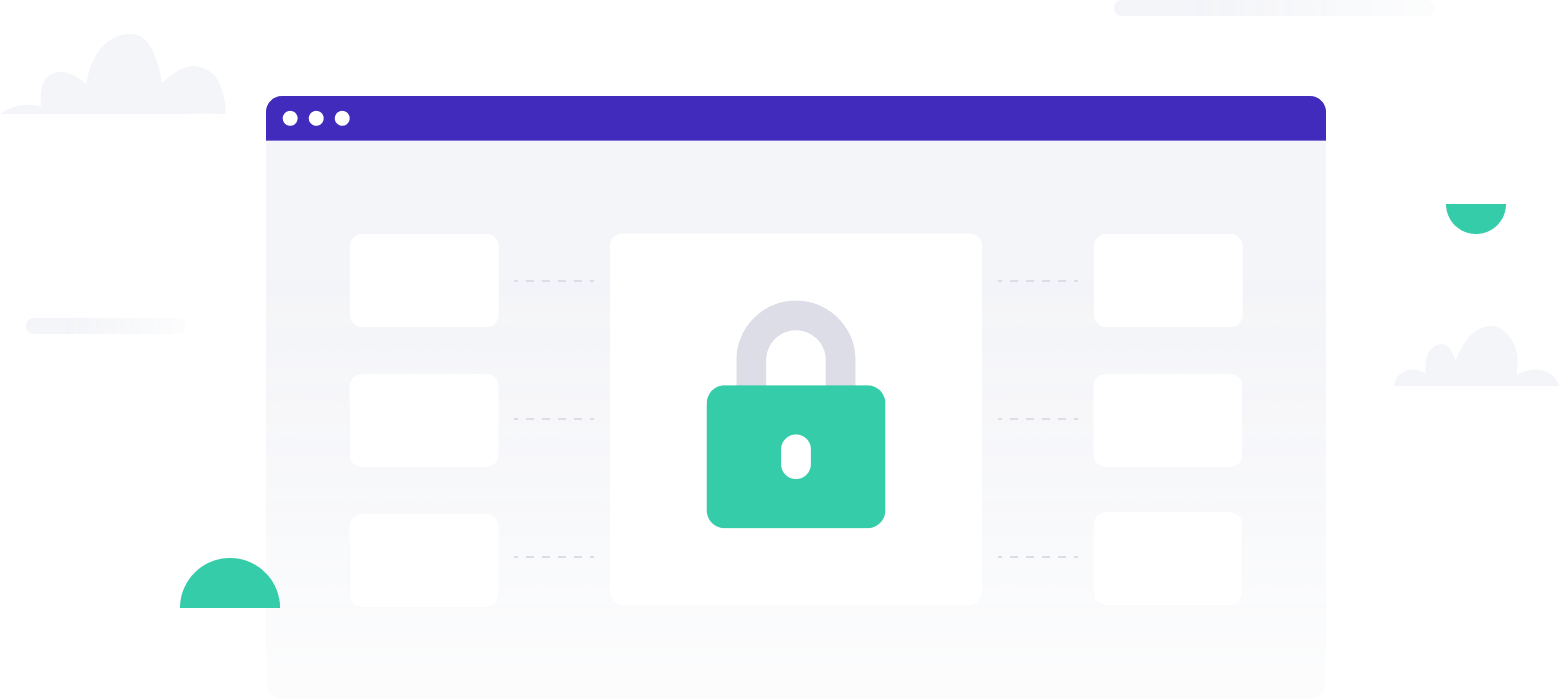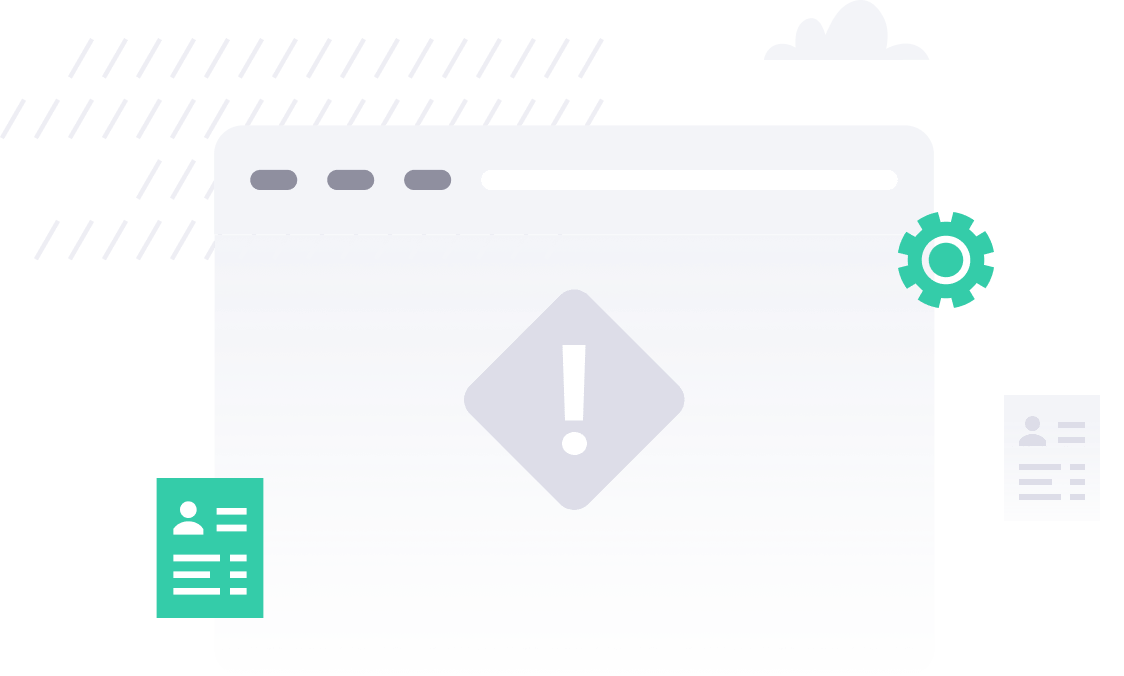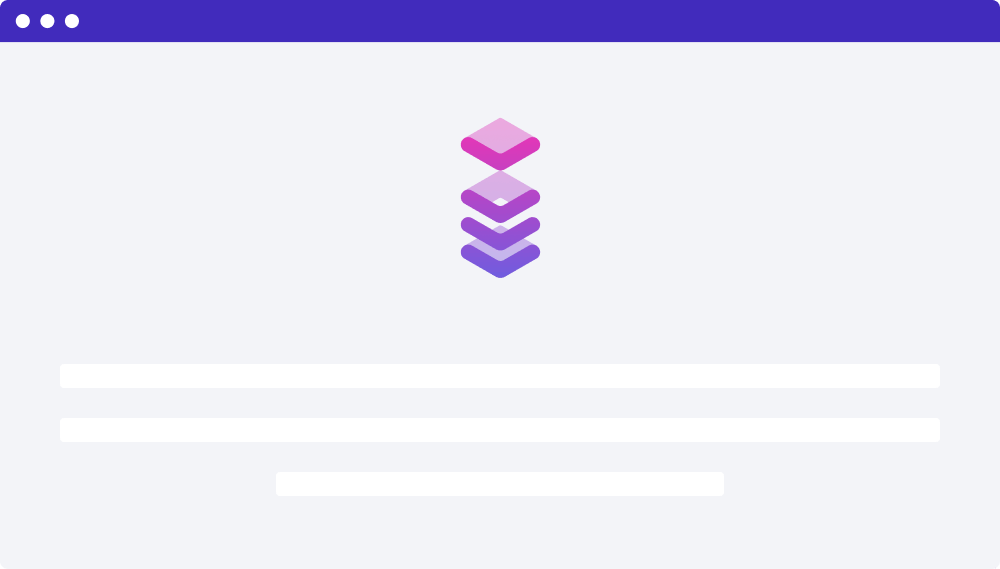
Proxies for corporate protection
How to use proxies to protect corporate data
Despite the common belief that malefactors try to steal data or cause any harm only to large corporations, small firms are also under the threat. Hackers target businesses of all sizes to get some revenue. In fact, smaller companies suffer from attacks more often because their owners fall into a belief that they wouldn’t interest anyone. That’s why such firms usually lack protection from hackers.
If your company already sports a good business antivirus, that’s awesome. To get even better protection you should look into using proxies. Here is why.
It’s an additional layer of protection
Hackers have numerous ways of intercepting someone’s connection and using it for malicious purposes. Once they took over the connection, they can easily steal the identity of this user and then pretend to be this person. Or they can take the other route and get into the system of the user. If this user is one of your employees, hackers can gain full access to the corporate files that are stored on this device. And if they get their hands on passwords to the repositories and apps where you keep sensitive corporate information – here you have a massive data leak that will cost you lots of money, time, and efforts.

Proxies create a buffer between your device and the destination website.
And even though hackers can still manage to see your connection, they won’t be able to acquire the needed data to intercept it and get into your device. Thus, by simply using proxies you can have greater peace of mind since it won’t be so easy for malefactors to steal your corporate data or harm your company in any other way.
More anonymity
When you visit a website, the server where its hosted can see all the information about you – your IP address and location, what browser and device you’re using, your operating system, and so on. That’s quite a lot of data, and for security reasons, you don’t want to disclose it to websites. It’s better to keep all the connections that you and your employees have completely anonymous. The less data the Internet knows about your company’s devices and locations, the fewer chances hackers have to get you.
When you’re browsing websites using proxies, you get rerouted to the proxy server first. You pick up its IP address and mask with it your authentic one. That’s how you remain anonymous with proxies – while the destination server still receives the location, it’s not your real one.
Remote workers
Today many companies gather intelligence from around the world by working with remote employees. It’s a very efficient tactic that allows cutting costs since you don’t have to host this person in the office and to get some highly qualified specialists for your team regardless of their location. But there is a pitfall – you can never control the working environment of remote employees. It means that you can’t be sure their connection and network are safe and that they’re not exposing your corporate data to potential risks.


By simply providing remote workers with proxies you will enhance the safety of your information. Ask them
to connect to a proxy server every time they need to deal with any of your corporate data, including conversations with other employees. Then you will significantly lower the possibility of confidential files getting intercepted by hackers.
Stay safe during meetings
Often business meetings take place in public spaces like restaurants or coworkings. While the latter usually implement some additional security measures to keep their visitors safe, cafes and restaurants don’t put a lot of time and effort into protecting their WiFi networks. That’s why you should use proxies when you go to meetings in public places and access any of your corporate data there.
Also, you should remember to use proxies when you travel. Airports and hotels also don’t pay much attention to the security of their wireless networks. So it’s up to you to protect your devices and data when you’re connected to a public WiFi.
What Customers Say about us
“Excellent service and customer care! For the first time, I bought a proxy on Infatica last year. I immediately bribed the responsiveness of the support, they helped me choose the tariff I needed for my purposes, and they actively answered all the questions later. There are no complaints about the proxies themselves; everything suits me)”
We’re offering a set of pricing plans with varying parameters including available traffic, IP address count, and other features – or you can use our flexible pricing option to fine-tune the parameters yourself. Choose the plan that fits your project’s needs best:
Each plan includes 15 millions + IPs
- Worldwide Geo
- 99,9% uptime
- Auth: Login-pswd/IP Whitelist
- Rotation time selection
- 0,4 response time
- 100% ethically-sourced proxies
- Country/City/ZIP
- Custom price
- Unlimited proxylists
- 24/7 priority support
- Custom price
- Unlimited proxylists
- 24/7 priority support
Get In Touch
Have a question about Infatica? Get in touch with our experts to learn how we can help.
Mail us at: sales@infatica.io
